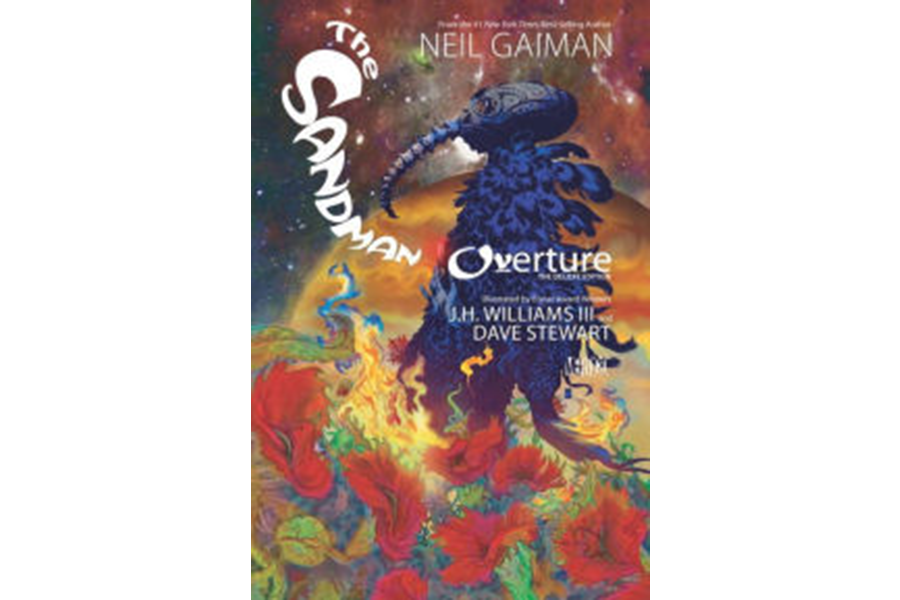'The Sandman: Overture' is a fan’s dream come true
Loading...
The Sandman: Overture ran as a six-part comic book mini-series that took almost two years to complete. The comics marked the first time Neil Gaiman returned to his award-winning creation since original series ended in 1996.
"The Sandman" debuted in 1989 and quickly became a huge hit catapulting Gaiman to superstar status in the comic book world. This is the story of Dream (The Sandman’s most frequently used name) of the Endless, who along with his siblings Destiny, Destruction, Desire, Delirium, Despair, and Death, effect and influence all manner of beings across time and space. In the 75-issue series we follow Dream as he escapes a decades-long imprisonment, finding his way in a changed world as he sets about rebuilding his decayed kingdom. Since its conclusion, fans, myself included, have long hoped Gaiman would give us another visit to the land of Dream. Roughly 17 years later, we finally got our wish.
"The Sandman: Overture" is a direct prequel to the original series, so I’d advise reading that first. This new tale takes place in 1915 and we find Dream is in a race against time, hoping to prevent the destruction of the universe that was instigated by a mad star – and realizing he may have caused this to happen. (And yes, by star I mean those glowing spheres in the sky.) The story ends as the original saga began, with Dream weakened, captured, and held prisoner.
Besides Dream and his family, including at long last his mother and father, Gaiman populates the story with an array of imaginative characters from sentient stars to artistic beetles, giving each a unique voice and personality that make these unbelievable beings believable. My favorite cluster of characters is found in the sequence where Dream meets a gathering of many different aspects of himself.
Assisting Gaiman in bringing "The Sandman: Overture" to life is multi-award-winning artist J.H. Williams III whose previous work including a dazzling run of "Batwoman" creations. Williams's work on this series cannot be praised enough. He breathes life into Gaiman’s concepts from beautiful exotic beings to lush alien landscapes, changing art styles to distinguish the different realms and even versions of Dream himself. He forgoes the typical grid layout of the comic book page, instead having images swirl from one scene to another in, dare I say it, a dreamlike manner.
Joining Williams in creating the visuals are some more award-winning artists – colorist Dave Stewart and letterer Todd Klein. Stewart’s colors give Williams's art a gorgeous richness and shifts colors and coloring styles to perfectly compliment the constantly shifting images. Klein’s lettering breathes life into Gaiman’s words, giving all the various beings in the story a distinct font, point-size, and word balloon design, helping the reader to "hear" the character’s distinct voice.
As an added bonus, this deluxe edition features some great behind-the-scenes interviews with Gaiman and Williams. Readers also get a glimpse of how Gaiman, Williams, Stewart, and Klein work, creating the story they just finished reading.
After reading this book I can only hope that Gaiman is not totally done writing "The Sandman." Hey, I can dream, can’t I?





